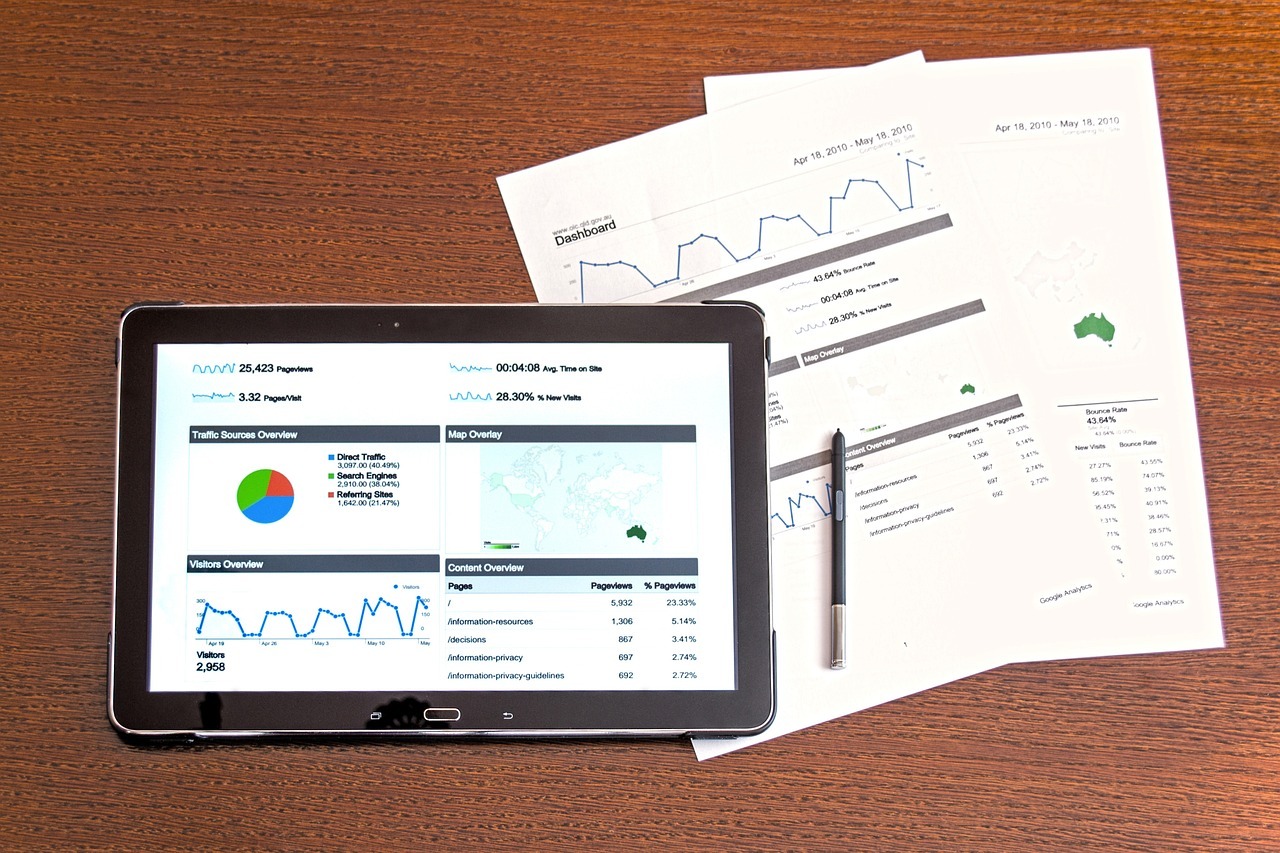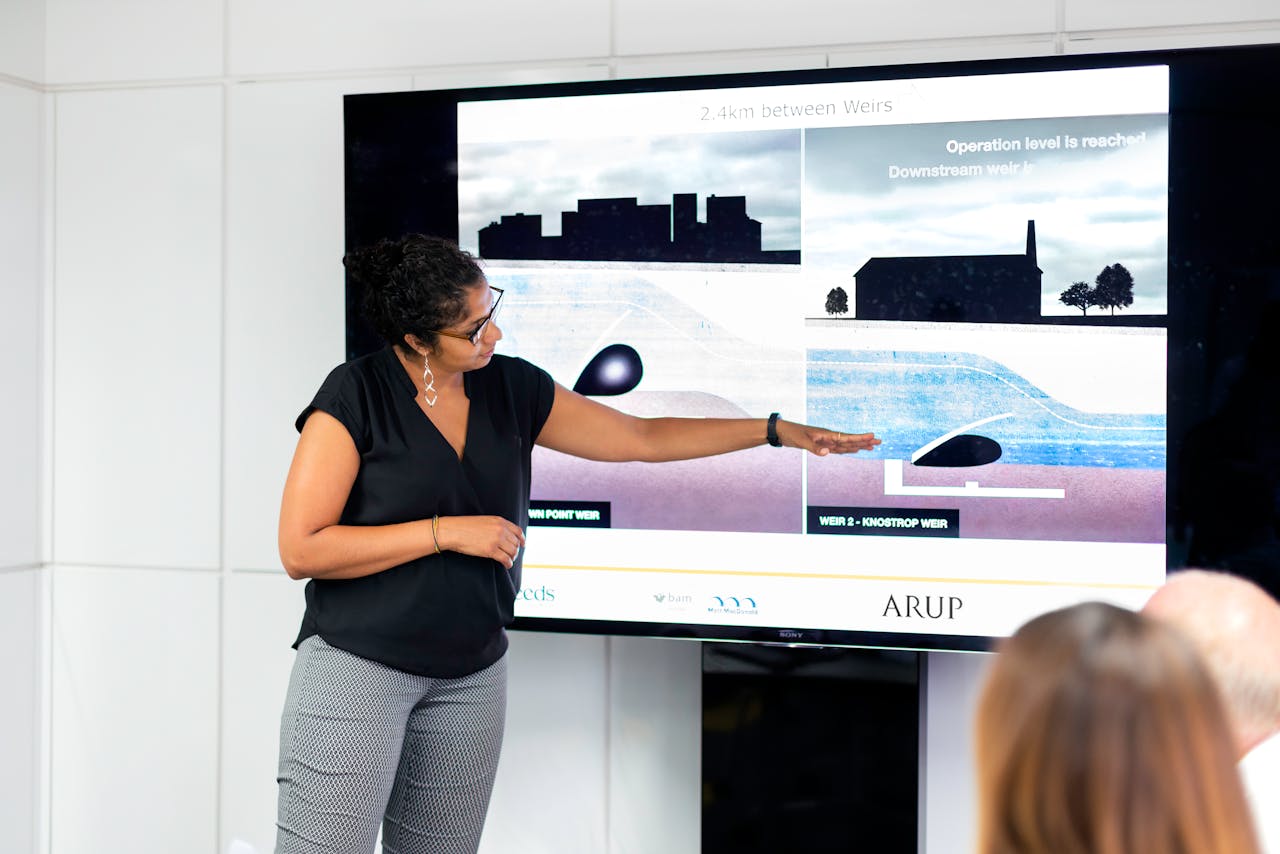Your credit report is more than just a list of numbers and dates – it’s a reflection of your financial health. It can impact your chances of getting approved for loans, buying a home, and even securing certain jobs. That’s why it’s crucial to ensure it’s accurate.

But errors on credit reports aren’t uncommon, and if left uncorrected, they can create significant financial setbacks. Fortunately, disputing these errors can be a straightforward process.
Here are some essential tips for effectively disputing credit report errors.
1. Obtain Free Copies of Your Credit Report
The first step to spotting errors on your credit report is to get copies from all three major credit bureaus – Experian, Equifax, and TransUnion. You’re entitled to a free copy of your report from each bureau once every twelve months through AnnualCreditReport.com.
It’s important to review reports from all three bureaus because they may contain different information. Some creditors report to only one or two bureaus, so an error might appear on one report but not the others. By ensuring the accuracy of your credit information across all reports, you can catch and dispute errors wherever they show up.
2. Review Your Reports Thoroughly for Discrepancies
Once you have your credit reports in hand, go through each one with a proverbial fine-tooth comb. Look for discrepancies like incorrect personal information, unfamiliar accounts, inaccurate account balances, duplicate entries, or incorrect payment histories. Errors can also arise from accounts that were closed but appear as open or balances that are misreported. Note any inconsistencies or inaccuracies, and document these carefully so you can reference them when filing a dispute.
At this point, it’s essential to know that not all errors are easy to spot, especially when it comes to more complex entries like account statuses or types of debt. Taking your time and reviewing each section of your credit report – public records, inquiries, credit history, and personal information – will ensure nothing slips through the cracks.
3. Gather Documentation
Before contacting any credit bureau, gather relevant documentation to back up your claims. This could include bank statements, loan payoff notices, credit card statements, or letters from creditors showing the correct information. The more detailed your evidence, the stronger your case will be, making it harder for credit bureaus to dismiss your claim. Documentation is especially important for errors that might not be easily explained or for issues that are likely to be contested by the credit bureau.
4. File a Dispute with the Credit Bureaus
Once you’ve identified errors and gathered your documentation, it’s time to file a dispute. Each credit bureau has an online dispute platform, but you can also submit disputes by mail. Filing online is generally faster, but sending a dispute by certified mail provides a paper trail. Be specific about each error and include copies of any documentation that supports your case. Outline the information you believe is inaccurate and explain why it should be corrected.
Credit bureaus are required by law to investigate disputes within 30 days, but this timeline may extend to 45 days in certain circumstances. Once the investigation is complete, the credit bureau must notify you of its findings and provide an updated credit report if changes were made.
“Sometimes, credit bureaus will refuse to remove information on your credit report that you know is inaccurate,” attorney Jibrael S. Hindi notes. “While this can be frustrating, you can respond by filing a claim to report a violation of the Fair Credit Reporting Act, which may also entitle you to compensation for any financial losses you incurred due to that error on your report.”
Keeping this in mind, know that you have additional steps you can take if your dispute isn’t resolved to your satisfaction. There are always options you can take.

5. Follow Up on Your Dispute
Once you’ve filed your dispute, stay proactive by following up. If you haven’t received a response within the 30 to 45-day window, reach out to the bureau to check on the status. Credit bureaus are legally obligated to complete their investigations within this timeframe, so staying in touch helps you ensure that your claim isn’t overlooked.
If the bureau confirms that an error has been corrected, review the updated report to verify that all corrections were made accurately. In some cases, errors may reappear if the information gets re-reported incorrectly by creditors, so regular follow-up is essential.
6. Dispute Errors Directly with Your Creditors
If the credit bureau denies your dispute but you’re confident that the error is on the creditor’s end, consider contacting the creditor directly. Many financial institutions have dedicated departments for handling credit disputes, and they may be able to correct the issue from their side.
When reaching out to creditors, include documentation that supports your claim, just as you would with the credit bureau. Sometimes, getting the information corrected at the source can prevent future errors and keep your report accurate.
Creditors are often motivated to resolve legitimate disputes because it maintains their standing with credit bureaus. And when they’re aware of errors, they can take steps to correct them on your credit report and avoid reporting the same issue in the future.
Monitoring Your Future Credit
Even after resolving disputes, it’s important to stay vigilant about your credit. Regularly monitoring your credit report helps you catch potential errors early, preventing them from affecting your score or future financial opportunities. Many online services offer credit monitoring, which sends you alerts when new information is added or changes are made to your report.






















